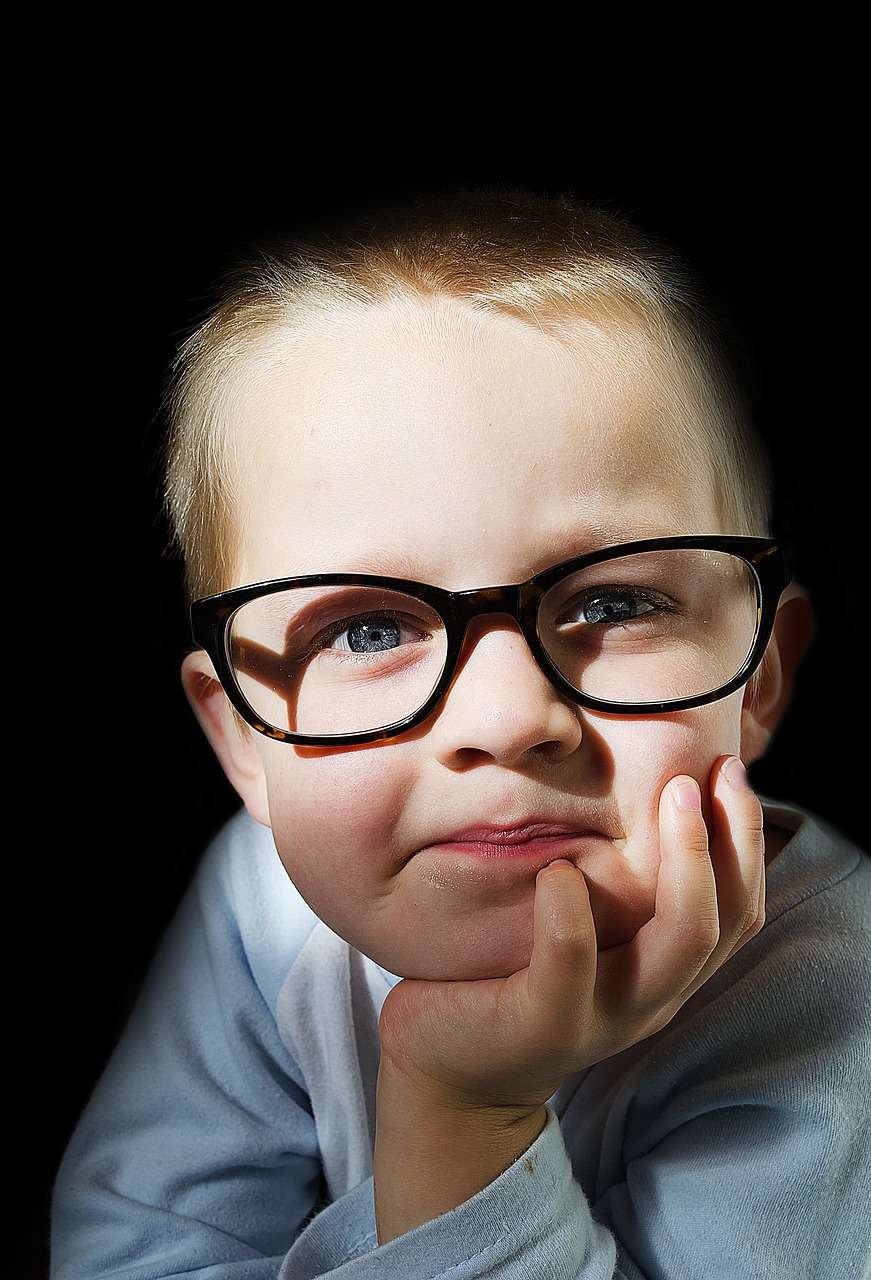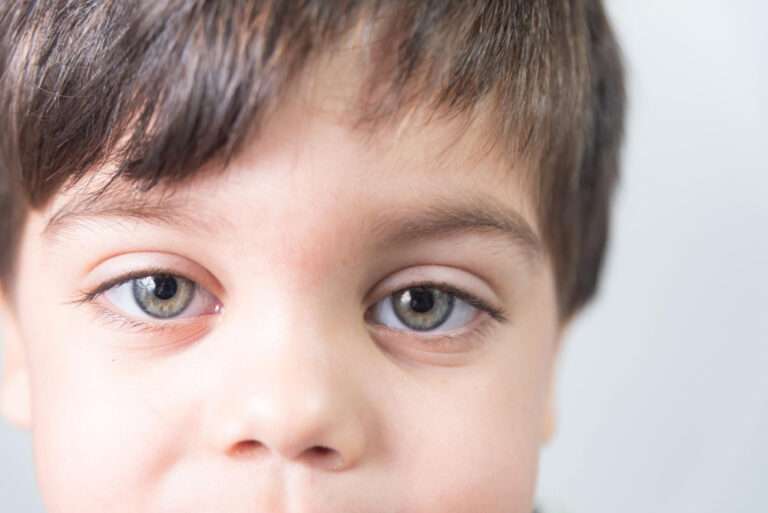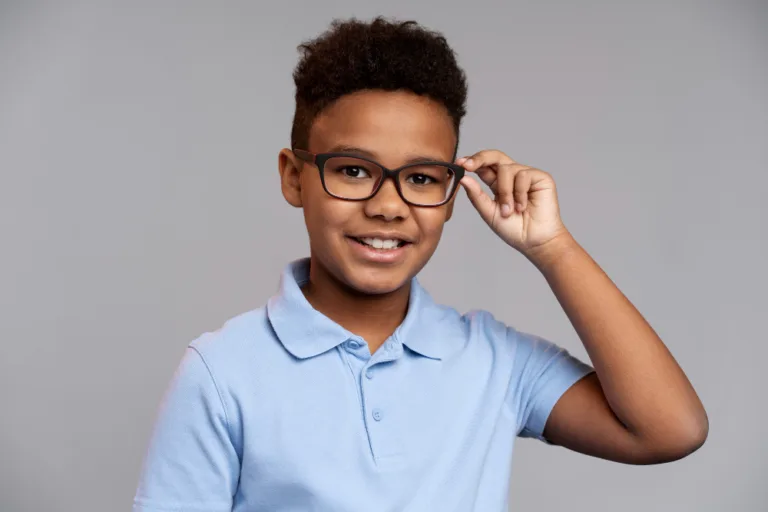Binocular vision disorders in children
Binocular vision disorders in children are conditions that affect the ability of both eyes to work together in a coordinated manner. Proper binocular vision is essential for depth perception, eye teaming, and visual comfort. When these abilities are compromised, it can lead to various vision problems. Here are some common binocular vision disorders in children:
Strabismus: Strabismus, also known as crossed eyes or squint, is a condition in which the eyes do not align properly. One eye may turn inward, outward, upward, or downward, causing the child to have double vision or suppressing the input from one eye to avoid the confusion. Strabismus may be congenital or acquired and requires early intervention to prevent amblyopia (lazy eye).
Amblyopia: Amblyopia, often referred to as lazy eye, occurs when one eye has reduced vision because the brain favors the other eye. It can be caused by strabismus or unequal refractive errors between the eyes. Treatment typically involves patching the stronger eye to encourage the weaker eye to develop better vision.
Convergence Insufficiency: This is a common binocular vision disorder in which the eyes have difficulty converging or turning inward to focus on a nearby object. It can lead to eye strain, double vision, and difficulty with reading and other close-up tasks.
Convergence Excess: In contrast to convergence insufficiency, convergence excess occurs when the eyes over-converge when focusing on nearby objects. This can result in eye discomfort, headaches, and difficulty focusing on distant objects.
Divergence Insufficiency: Divergence insufficiency is a condition where the eyes struggle to diverge or move outward when looking at objects in the distance. This can lead to eye strain and discomfort when attempting to look at distant objects.
Accommodative Disorders: These disorders affect the eye’s ability to adjust its focus from near to far and vice versa. Accommodative insufficiency occurs when the eye has difficulty focusing on near objects, while accommodative excess involves difficulty relaxing the focus for distance viewing.
Binocular Vision Dysfunction (BVD): BVD is a condition where the visual system has difficulty aligning the eyes, leading to double vision and visual discomfort. It can result from various factors, including head injuries or neurological conditions.
Visual Motor Integration Problems: These issues involve coordination between the visual system and the motor system. Visual motor integration problems can affect a child’s ability to perform tasks like writing or drawing.
Early detection and treatment are crucial for children with binocular vision disorders to prevent long-term visual and developmental problems. Pediatric ophthalmologists and optometrists who specialize in pediatric vision care are typically involved in the diagnosis and management of these conditions. Treatment may involve vision therapy, eyeglasses, patching, or, in some cases, surgery, depending on the specific disorder and its severity.
------------From our Sponsors------------









